INTRODUCTION
Gray! That confounding color has betrayed dentists for years as we have attempted to cover screw holes and post holes. It seemed that regardless of what we used, be they opaquers, dentin shade composites, or a multiple shade technique, we ended up with an unfortunate gray cast surrounding the hole. Now we finally have an answer!
By now, every dentist should have used, or at least heard of, single-shade composites. They have proven to be incredibly useful during the pandemic, and they have many benefits. The obvious advantage has been predictability in creating attractive restorations that match the surrounding tooth almost perfectly. This has resulted in reduced costs for the office and a lack of waste. It has created less need for storage of shades that may never be used. In most posterior and many anterior cases, shade decision making has become unnecessary, and cross contamination has been reduced as shade guides and multiple shade compules are not exposed to aerosols.
Abrupt Industry Changes
OMNICHROMA by Tokuyama Dental appears to have changed an entire industry. Since its debut in 2019, many other companies have introduced single- or limited-shade composite materials. This has reversed a trend that started 30 years ago when companies had been increasing their numbers of shades exponentially until many brands included 30 to 36 shades for their composites. This was a financial drag on many offices and resulted in much waste, as many of the shades were not needed until past their expiration dates. Disappointment ensued once a “WO” or “YO” shade was needed for the first time, and as the box was finally opened, a dry, hardened material caused the compule to snap.
OMNICHROMA relies on a concept known as “structural color” rather than “chemical color.” In past generations, companies added tints and dyes to their materials to create a color match to the surrounding tooth structure, thus chemical color. Structural color allows “filler particles to generate red-to-yellow structural color, which combines with the color of the surrounding tooth.” Ambient light is altered along the red-to-yellow color spectrum, which allows it to match the color of the surrounding dentition.
OMNICHROMA includes UDMA/TEGDMA monomers and 260-nm silica and zirconia fillers.
OMNICHROMA appears very opaque prior to curing. After curing, it loses much of that opacity and blends with the surrounding tooth structure. A chamfered border is suggested to allow margins to disappear. It reacts similarly when placed inside crowns, although the darkness underneath needs to be “neutralized.” The ability to cover screw holes has become more critical as the industry has shifted back to screw-retained implant restorations as opposed to cemented implant crowns as the option of choice.
Single-shade and reduced-shade composites have changed our dentistry and impressed our patients by mirroring the surface around them. Specifically, OMNICHROMA—due to its Smart Chromatic Technology—continues to blend with teeth even after they have been whitened. Will they also blend with “artificial teeth” or, in other words, crown restorations?
A Post-Hole Answer
Tokuyama manufactures a material known as OMNICHROMA BLOCKER. This author uses BLOCKER sparingly—mainly in anterior dentin areas and for covering severe opaque or dark amalgam stains. BLOCKER is extremely useful when covering a metal post or screw-hole. It is an interesting material that has different properties than traditional opaquers. BLOCKER is not as opaque as those materials. Only a small amount of material is necessary to “tone out” dark shades without overwhelming the area with whiteness.
The combination of OMNICHROMA and BLOCKER works beautifully when covering metal holes in crowns. OMNICHROMA BLOCKER can also be a great compliment to other composites if OMNICHROMA is not the material of choice.
The author attempted multiple techniques to achieve the best solution. What follows is a system that has consistently created a virtually invisible covering. Following separate preliminary steps for screw holes and post holes, a 0.5-mm layer of BLOCKER and a 2-to-3-mm layer of OMNICHROMA or another single-shade composite is placed. The surface is modified by the Occlusinator bur system (Strauss Diamond), and polishing is achieved with Jiffy Natural (Ultradent Products) and CompoSite Polishing Paste (Shofu Dental).
CASE REPORTS
Case 1: Post-Hole Solution
A 55-year-old female had endodontic treatment on tooth No. 30 through a 3Y zirconia crown. She appeared at the office to have a post-core restoration placed. The distal canal was wide, and a #3 Flexi-Post (Essential Dental Systems) was placed and cemented using TheraCem cement (BISCO Dental Products) (Figure 1). The initial preparation had adequate tooth structure remaining, and a decision was made to use OMNICHROMA as the core material.
Figure 1. Tooth No. 3 with titanium Flexi-Post (Essential Dental Systems) placement in place prior to sectioning the post.
The tooth was cleaned using Consepsus Scrub (Ultradent Products) after the post was cut to the appropriate level. The margin of the hole was beveled. PORCELAIN ETCHANT gel 9.5% HF (BISCO Dental Products) was placed on the zirconia margin of the hole and washed off after 60 seconds. This was followed by Monobond Plus (Ivoclar Vivadent) to increase the potential bond to the zirconia surface due to its MDP-10 content.
The internal tooth structure was etched using a phosphoric acid etchant (Ultra-Etch 35% phosphoric acid [Ultradent Products]) for 15 seconds. The etchant was washed off, and a universal bonding agent was placed on the dentin and porcelain surface. UNIVERSAL BOND (Tokuyama Dental) does not need to be light-cured. The application of BLOCKER followed this in a very thin 0.5-mm thickness to cover the post itself as well as any metal or discolored walls inside the crown (making sure to leave space for at least 2 to 3 mm of OMNICHROMA) (Figure 2).
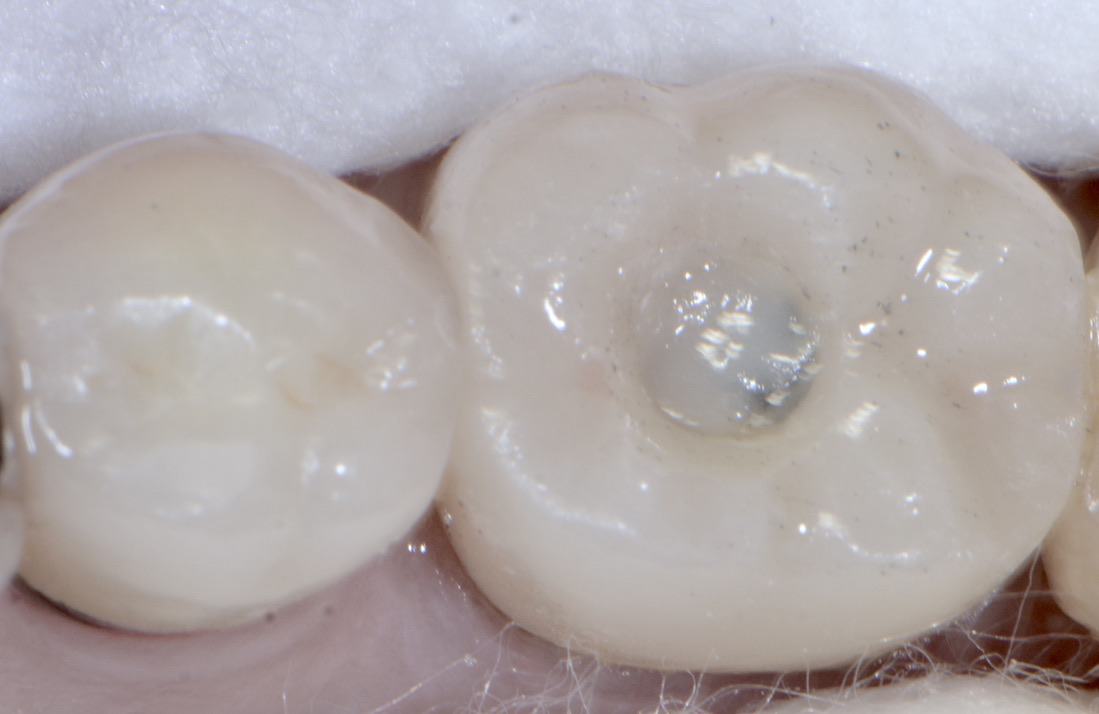
Figure 2. BLOCKER placement to cover exposed metal. Note that 2 to 3 mm remain for OMNICHROMA placement.
The Blocker was light-cured for 10 seconds. This was followed by placement of OMNICHROMA itself (Figure 3). Each 2-mm area was cured for 10 seconds. The composite was smoothed and sculpted using Occlusinator burs and polished using Jiffy Natural polishers. Note the resulting color match to the crown itself.
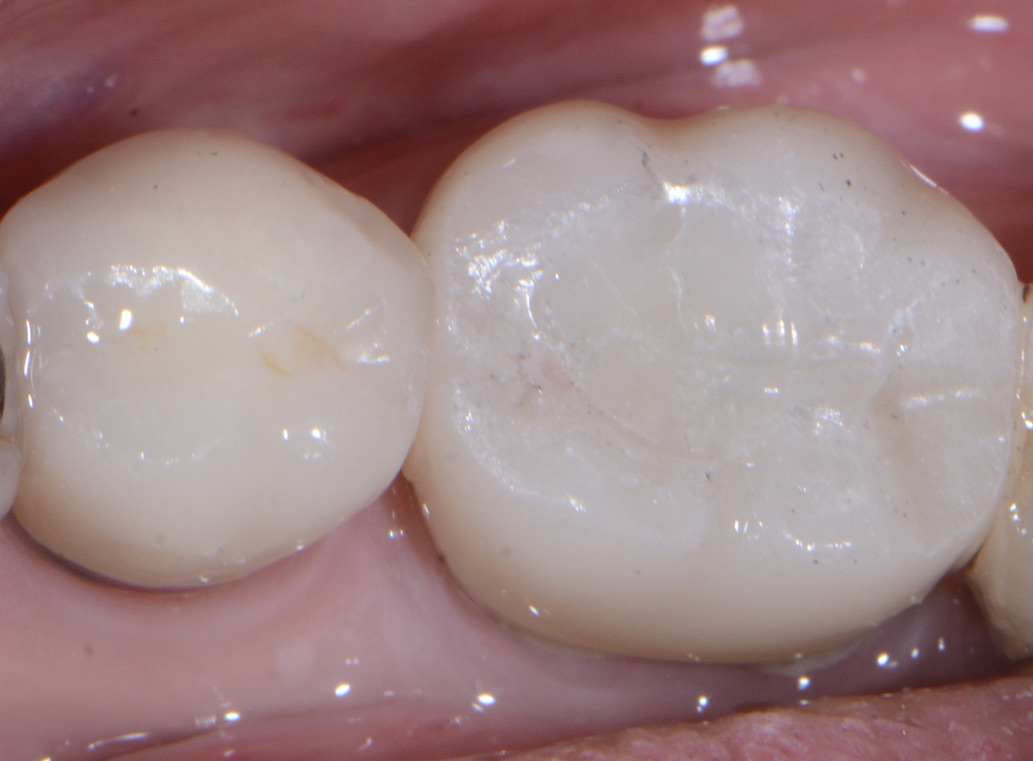
Figure 3. Tooth No. 3 following placement of OMNICHROMA.
Case 2: Screw-Hole Solution 1
A 73-year-old male patient had an implant crown placed on a Nobel Biocare implant on tooth No. 14 (Figure 4). An x-ray was taken to verify the seat, and the screw-retained crown was torqued into place (Figure 5). A decision was made to add etchant, primer, and bonding agent prior to placing insulating tape so it would be placed in a dry field. Porcelain etchant was placed surrounding the hole and on exposed zirconia underneath and air-dried after 1 minute (Figure 6).
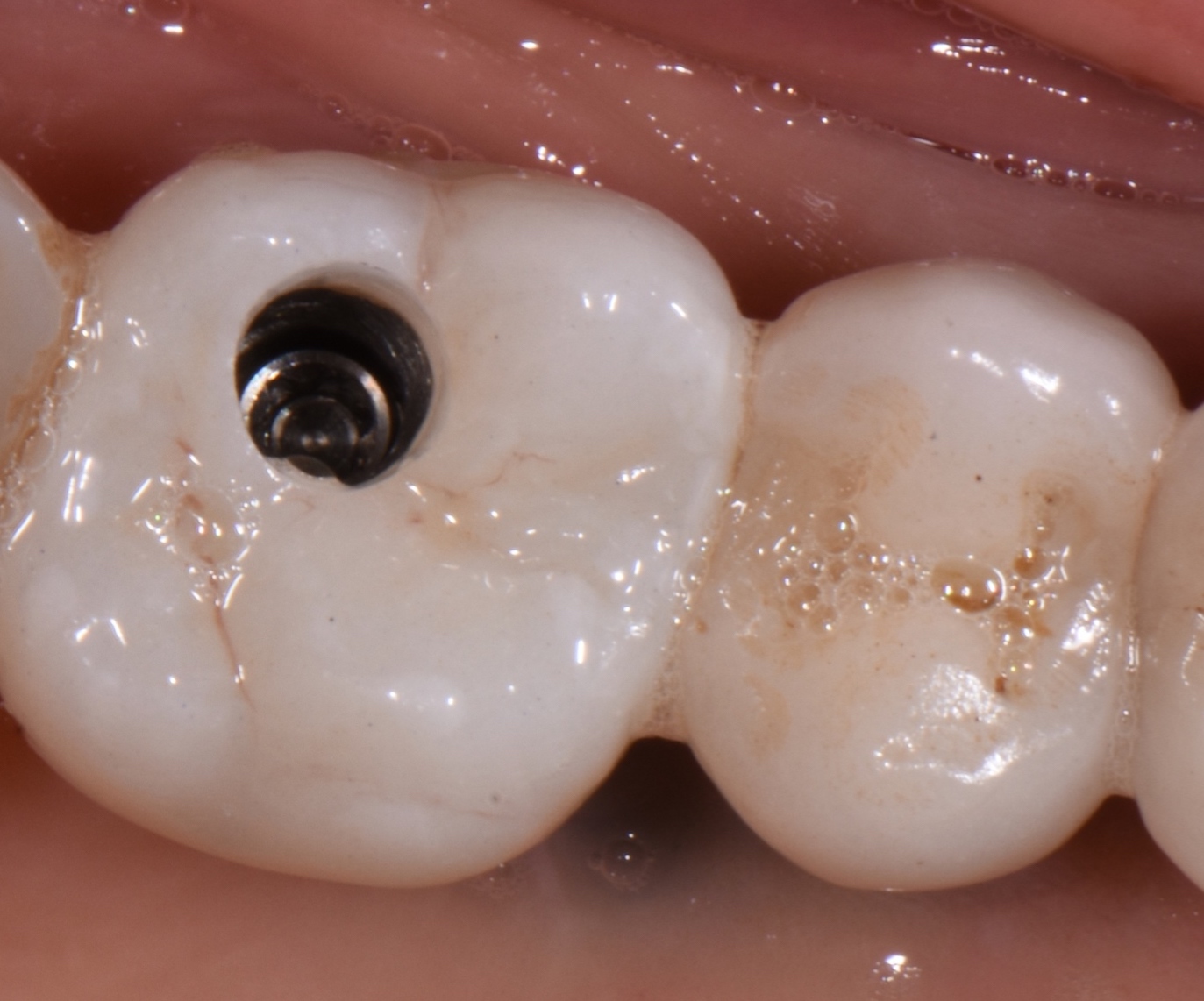
Figure 4. Screw-hole case, preoperative view.
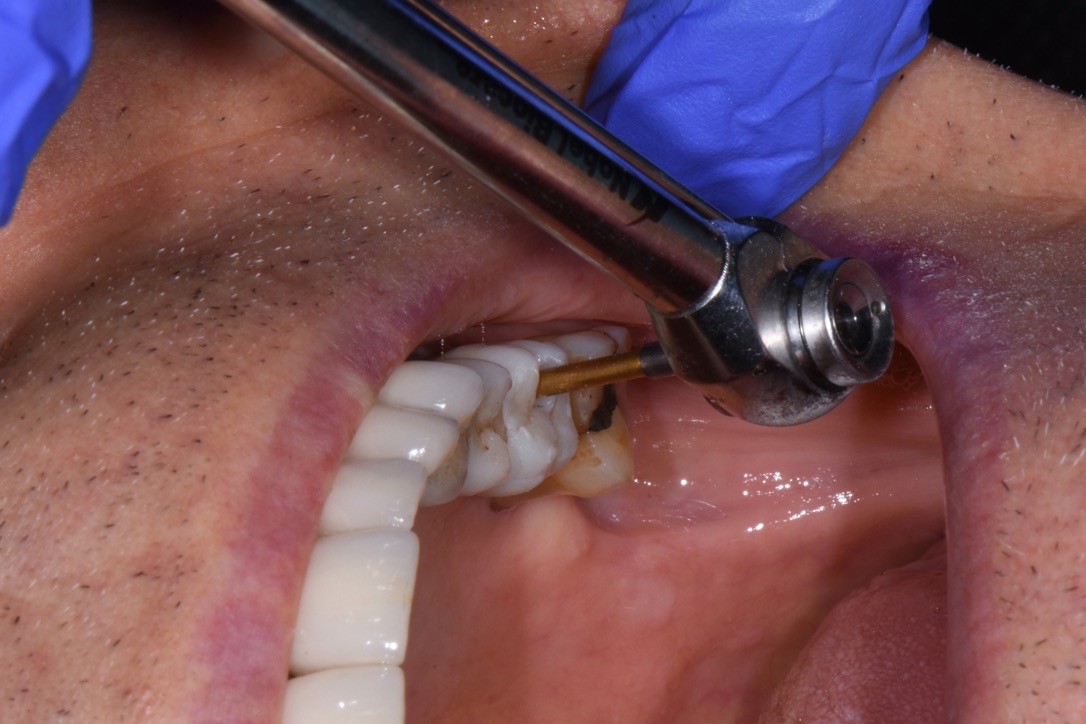
Figure 5. Torquing a Nobel Biocare implant to 35 Ncm.
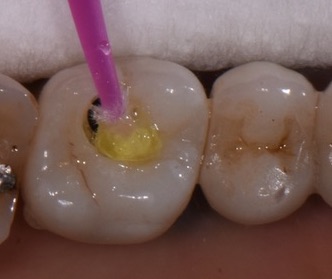
Figure 6. The addition of PORCELAIN ETCHANT gel 9.5% HF (BISCO Dental Products)for 60 seconds.
Monobond Plus was added to the same zirconia surface (Figure 7). The area was air-dried, and Adhese Universal bonding agent (Ivoclar Vivadent) was added to all exposed areas of zirconia and light cured for 10 seconds (Figure 8). At this point, the hole was checked for any moisture and dried with a cotton pellet. A 2-in piece of “plumber’s tape” was placed in the hole covering the implant screw (Figure 9). A 0.5-mm layer of BLOCKER was then placed over the plumber’s tape as well as covering all exposed internal zirconia (Figure 10).
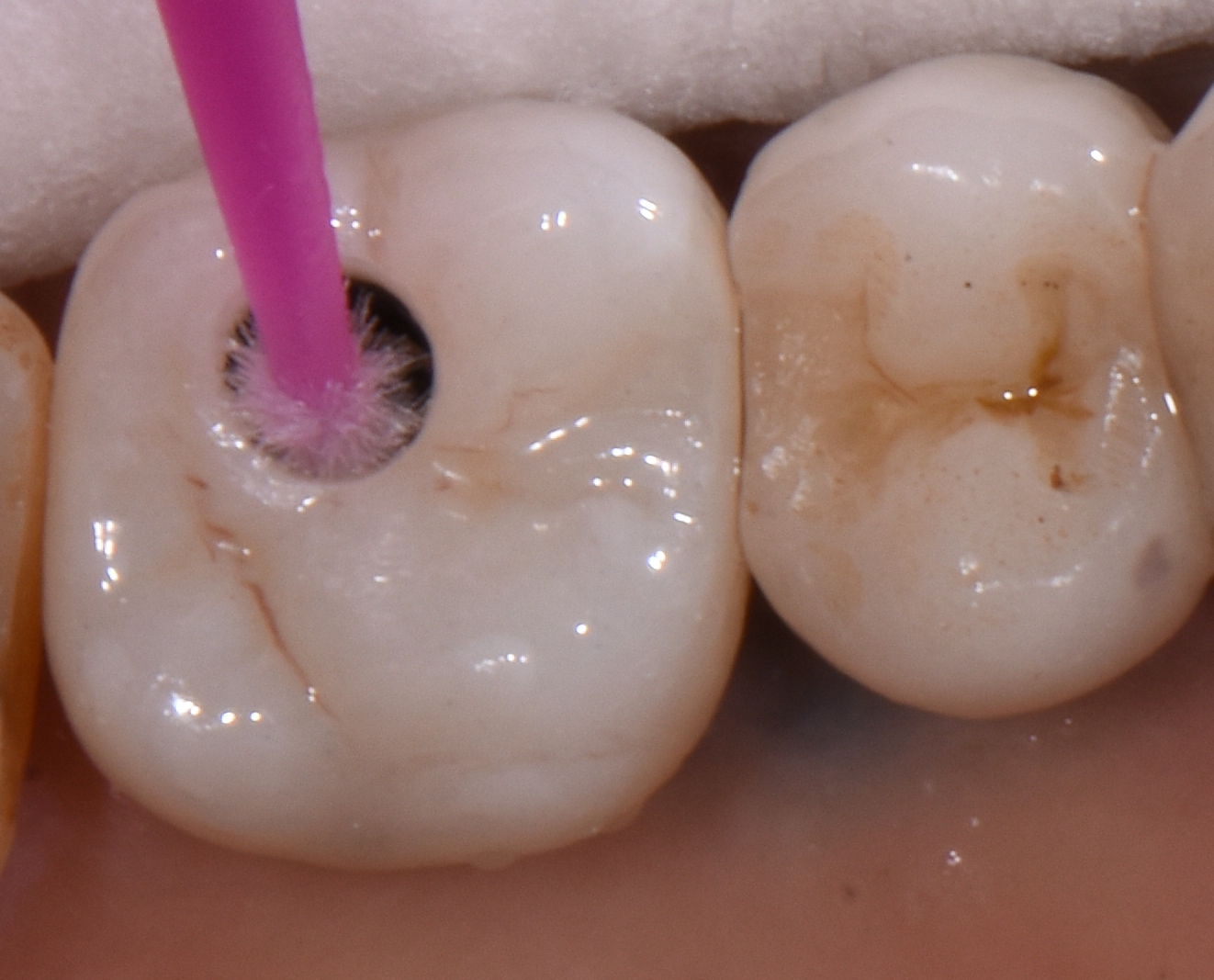
Figure 7. Applying Monobond Plus (Ivoclar Vivadent) to zirconia surfaces.
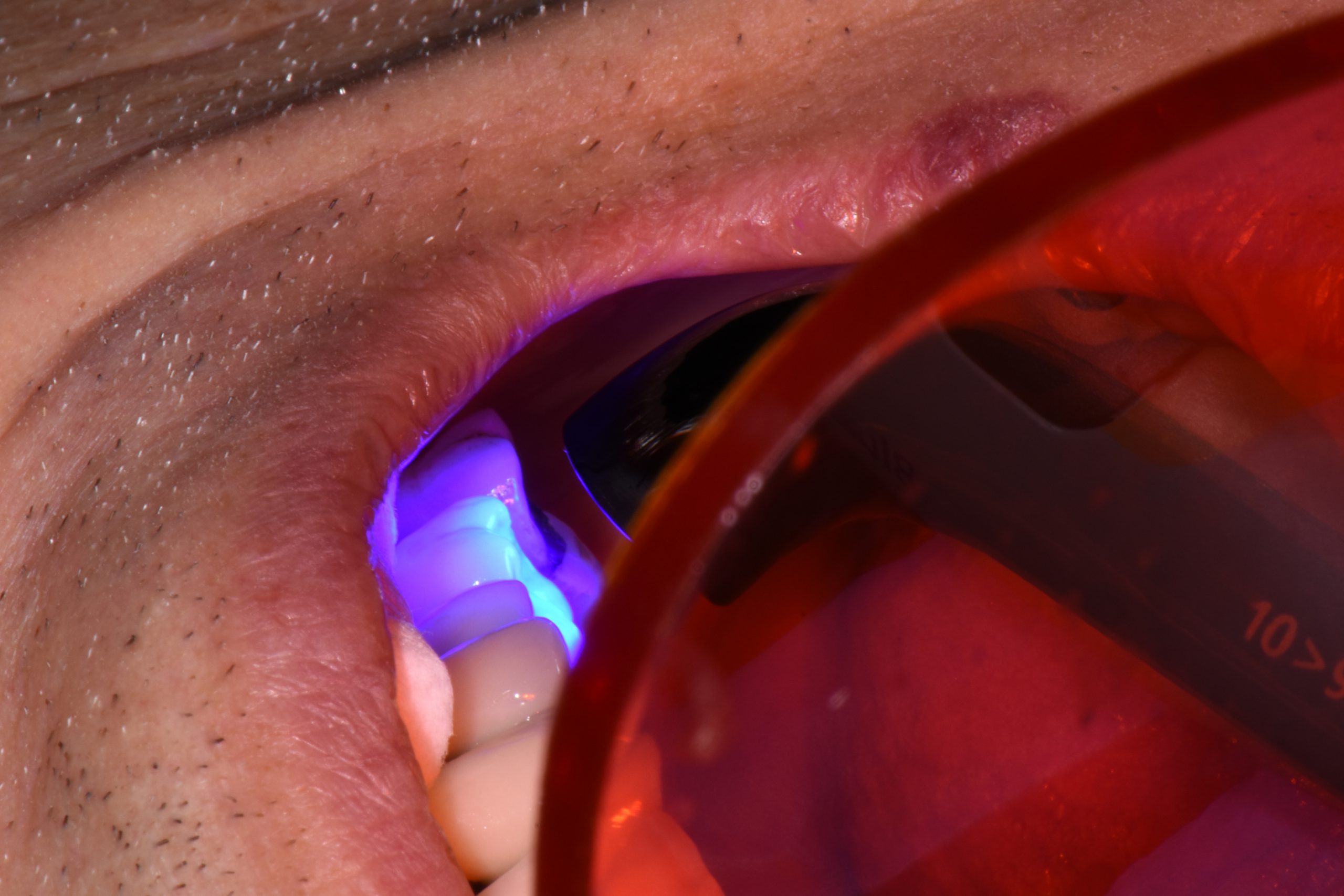
Figure 8. Light curing following the addition of Adhese Universal bonding agent (Ivoclar Vivadent).
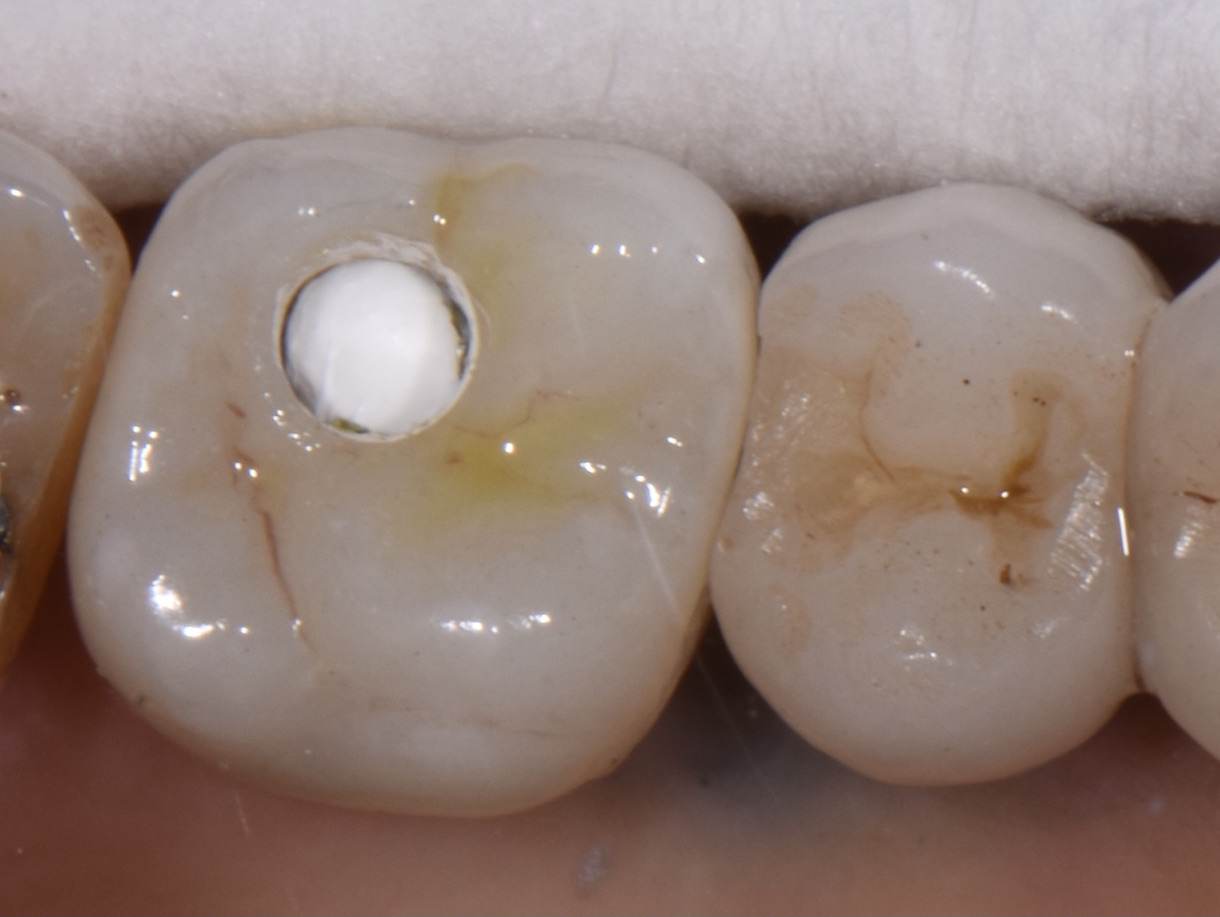
Figure 9. Placement of 2 mm of plumber’s tape.
A 2-mm layer of OMNICHROMA was placed over the BLOCKER (Figure 10) and molded with the Occlusinator burnisher (Figure 11) prior to light curing and with Occlusinator burs after light curing (Figure 12).
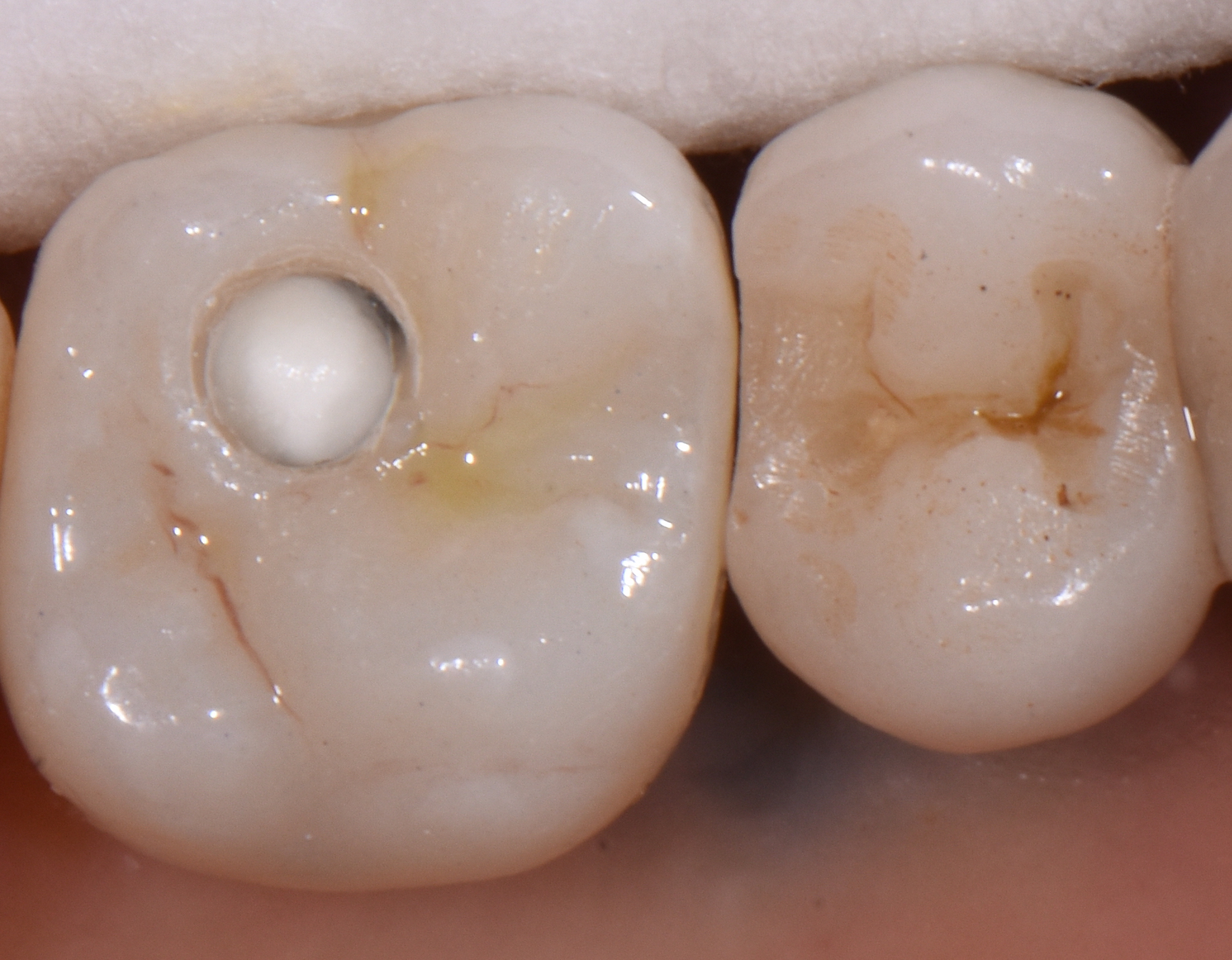
Figure 10. One millimeter of OMNICHROMA BLOCKER was applied.
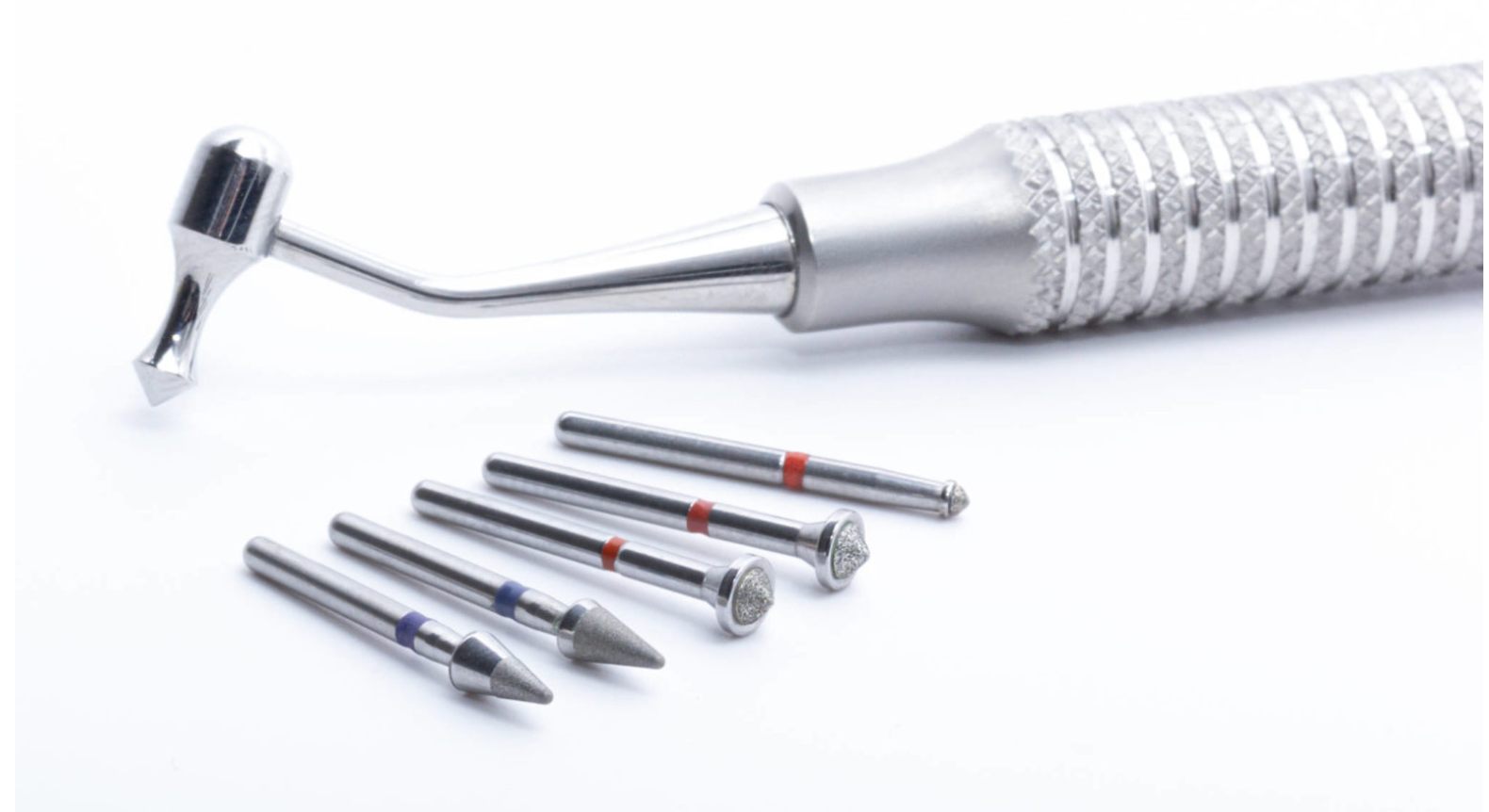
Figure 11. The Occlusinator bur system (Strauss Diamond): burnisher and specially shaped burs.
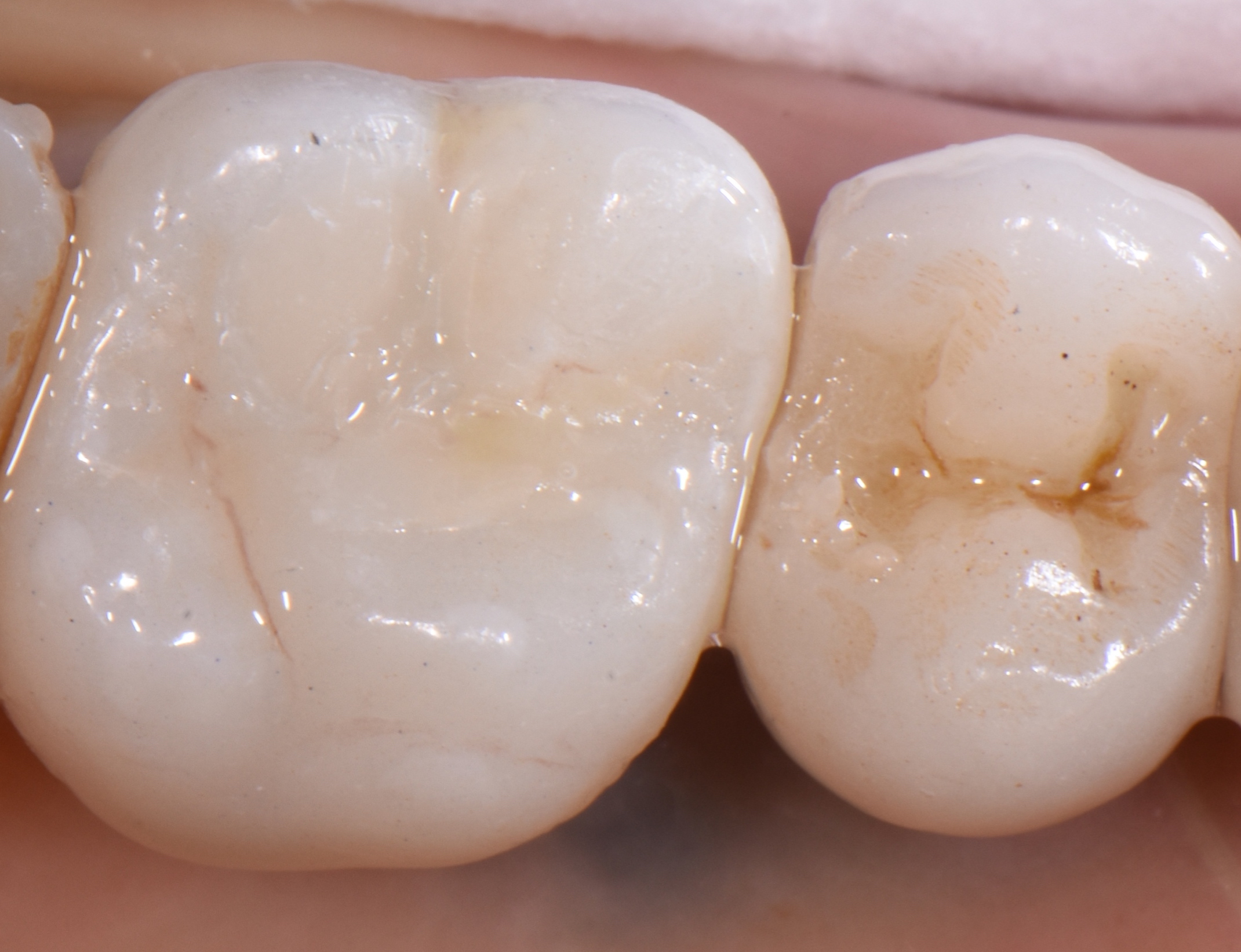
Figure 12. A post hole covered by OMNICHROMA.
Case 3: Screw-Hole Solution 2
A 70-year-old female patient with very dark-shaded teeth appeared to insert screw-retained implant crowns on teeth Nos. 19 and 20 (Figure 13). Healing caps were removed, the crowns were placed, and the screws were tightened. An x-ray revealed an excellent fit, and the screws were torqued. The screw-hole margin was roughened, and the teeth were treated with Porcelain Etchant, Monobond Plus, and Adhese Universal using the same technique as in Case 2.
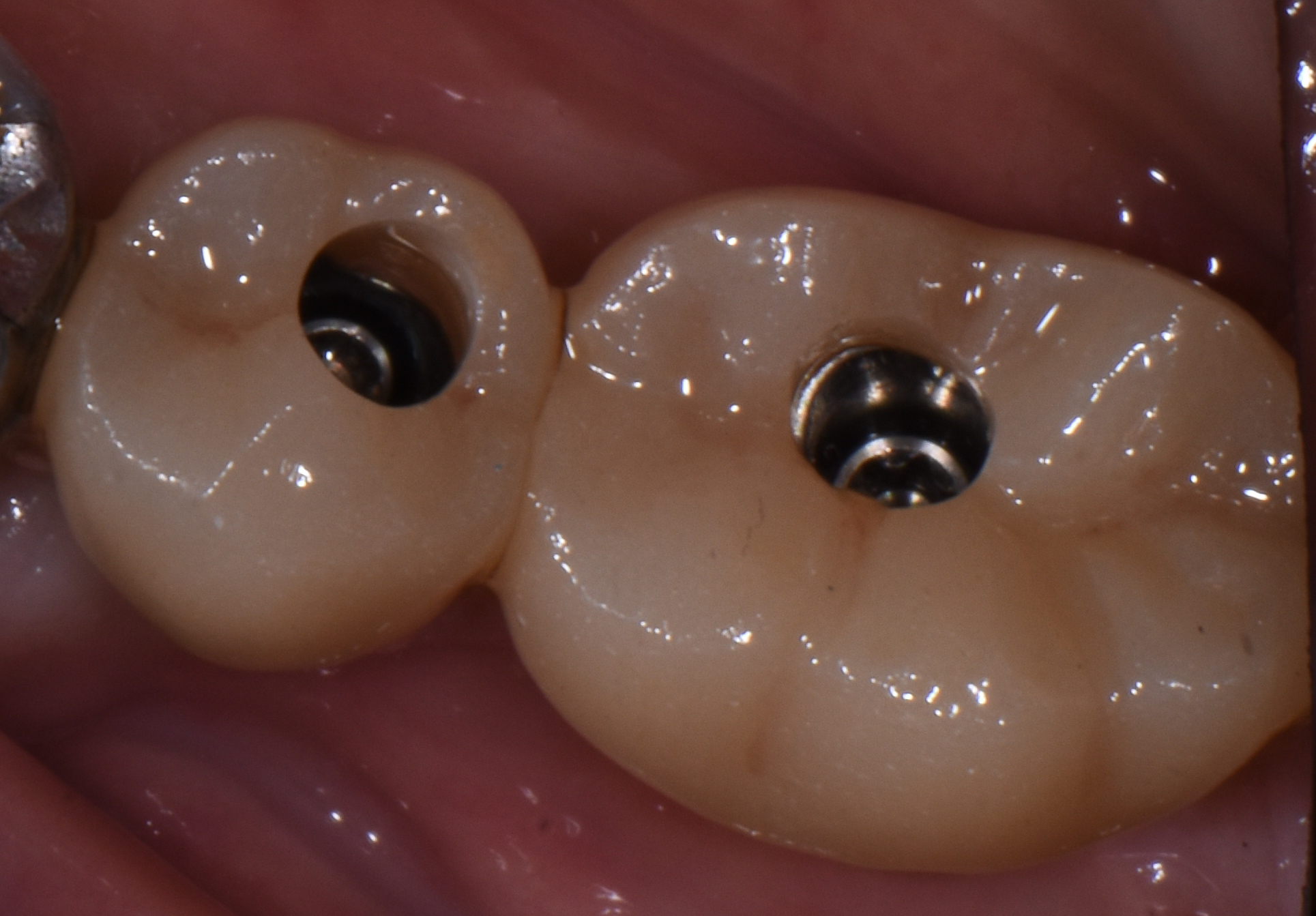
Figure 13. Pre-op view of screw holes [SC: in site Nos.?]19 and 20.
Two inches of plumber’s tape were added to cover the screw holes (Figure 14), and 1 mm of BLOCKER was placed over the plumber’s tape and internal metal (the 1 mm of blocker was added in order to mask the very white plumber’s tape for these very dark restorations) (Figure 15). Next, 2.5 mm of OMNICHROMA were placed over the screw holes, and the restorations were light-cured. The Occlusinator system was used to follow the shapes of the occlusal surfaces of both teeth. Note the excellent color match of these very dark-shaded teeth (A4) (Figure 16).
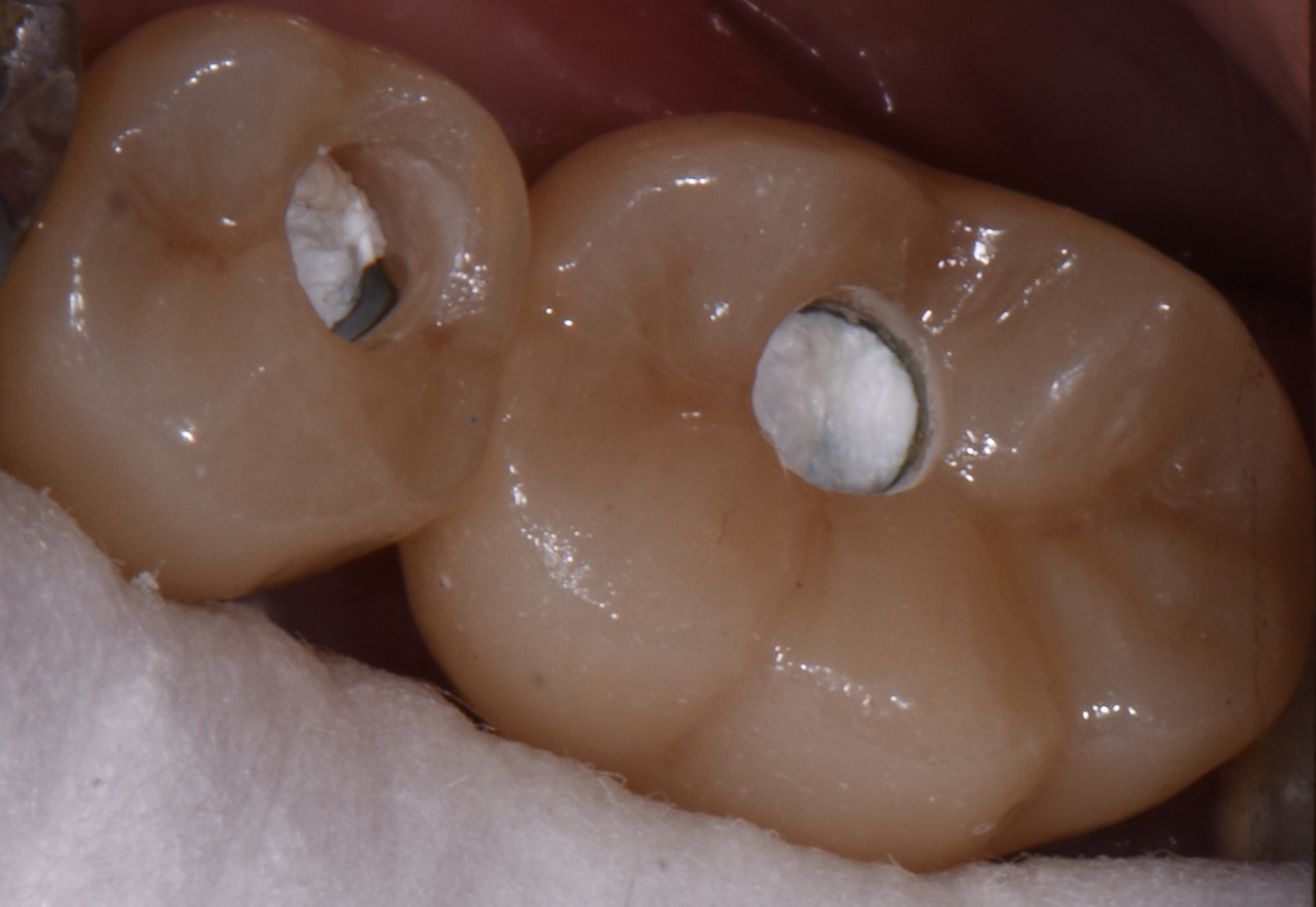
Figure 14. Two millimeters of plumber’s tape was applied over [SC: an? ]implant screw.
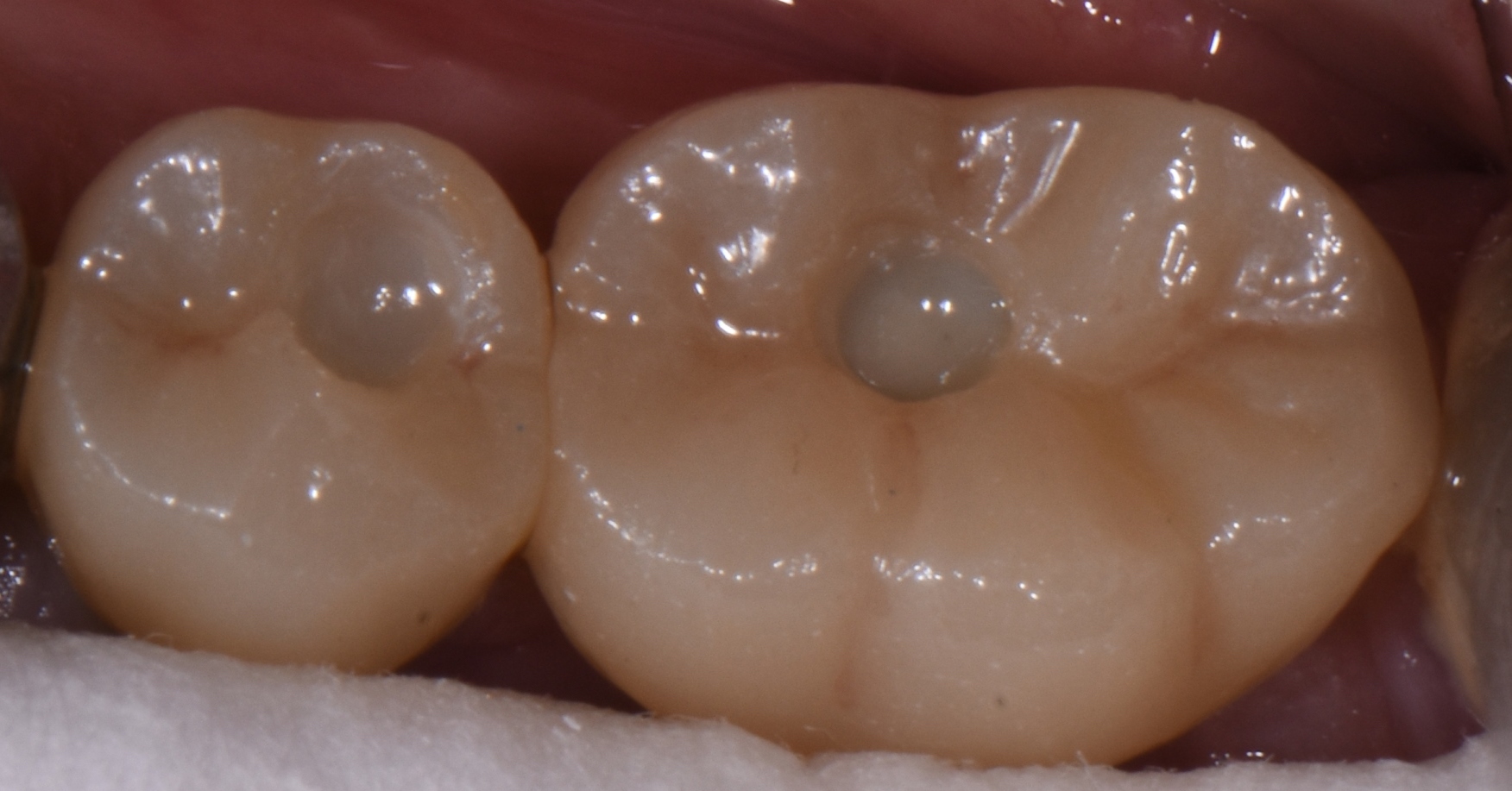
Figure 15. One millimeter of OMNICHROMA BLOCKER in teeth Nos. 19 and 20.
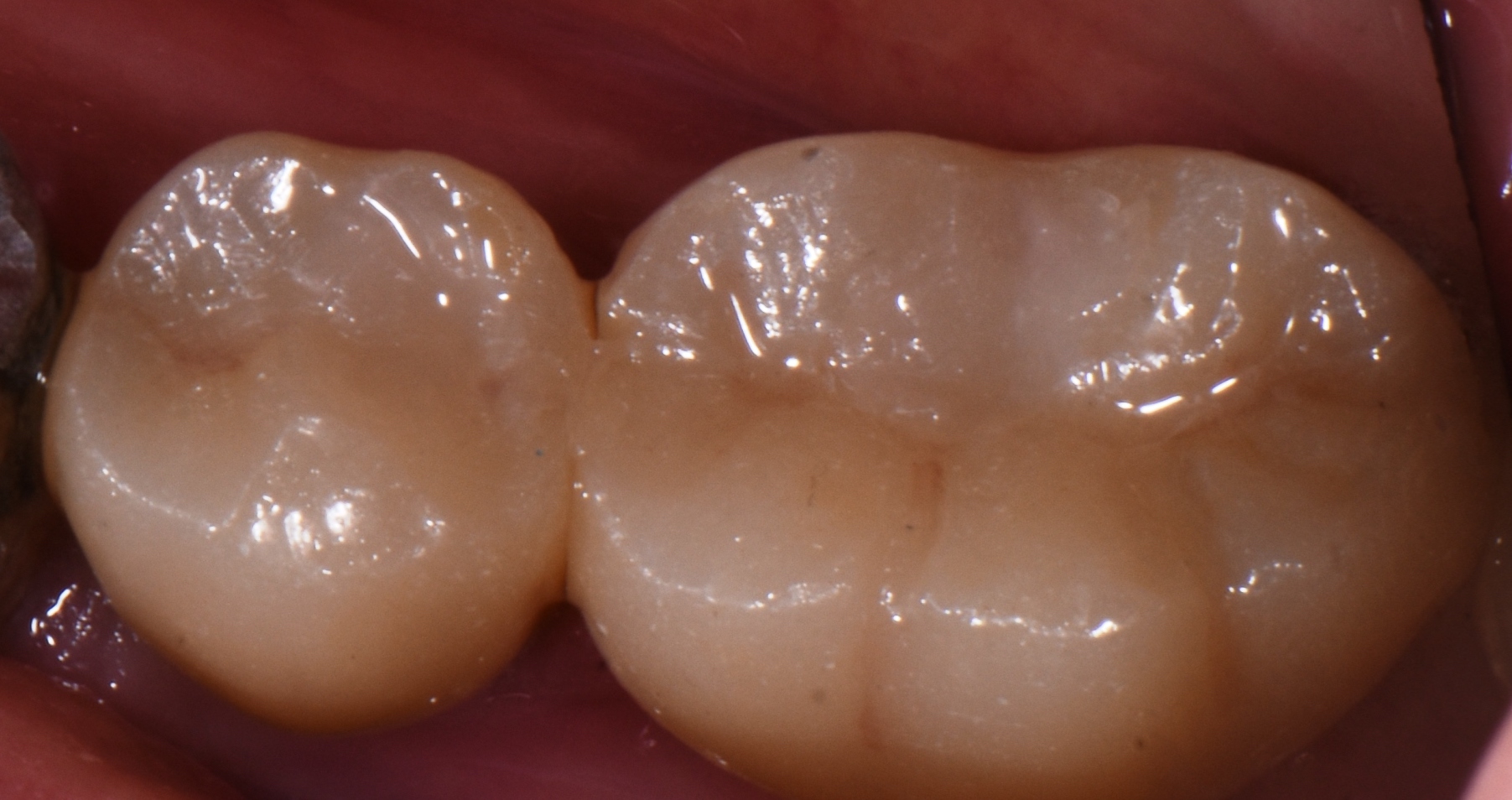
Figure 16. Finished case showing teeth Nos. 19 and 20.
Cases 4 and 5
Figures 17 to 20 further illustrate the ease in creating invisible screw-hole margins when using a combination of OMNICHROMA and OMNICHROMA BLOCKER. The results speak for themselves.
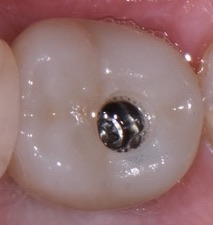
Figure 17. Nobel Biocare screw hole in tooth No. 30.
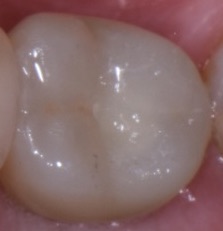
Figure 18. Tooth No. 30 following OMNICHROMA placement and Occlusinator bur contouring. Note the excellent color blend.
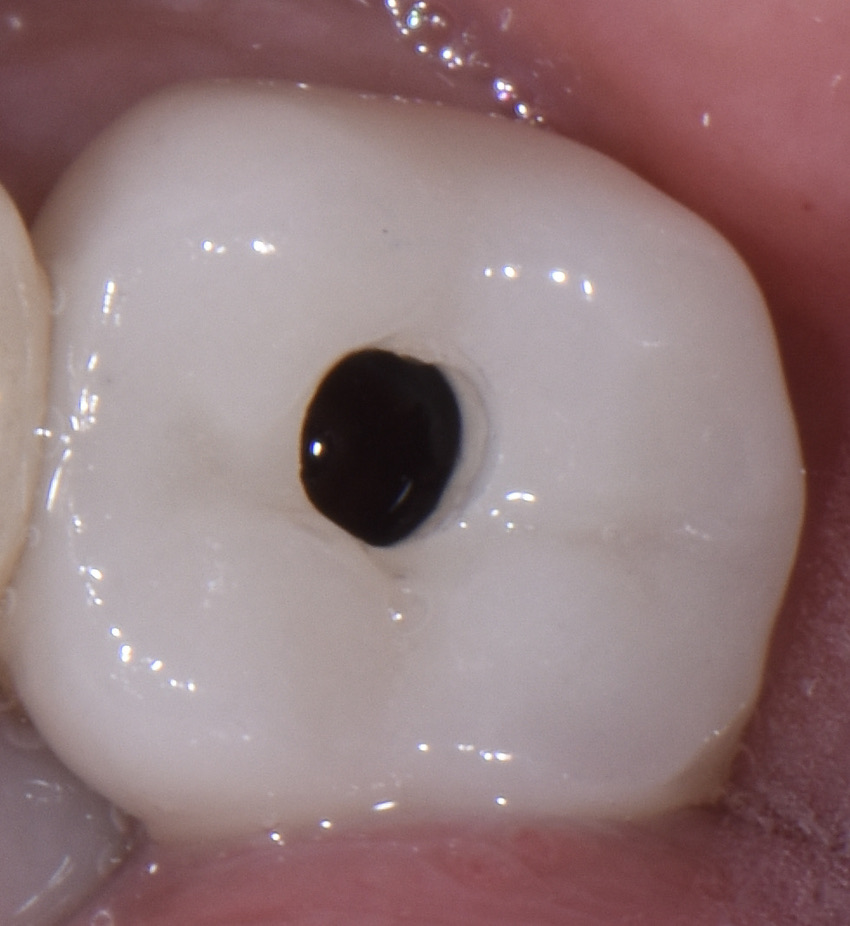
Figure 19. Tooth No. 18 screw hole [SC: word missing?]tooth with minimal anatomy.
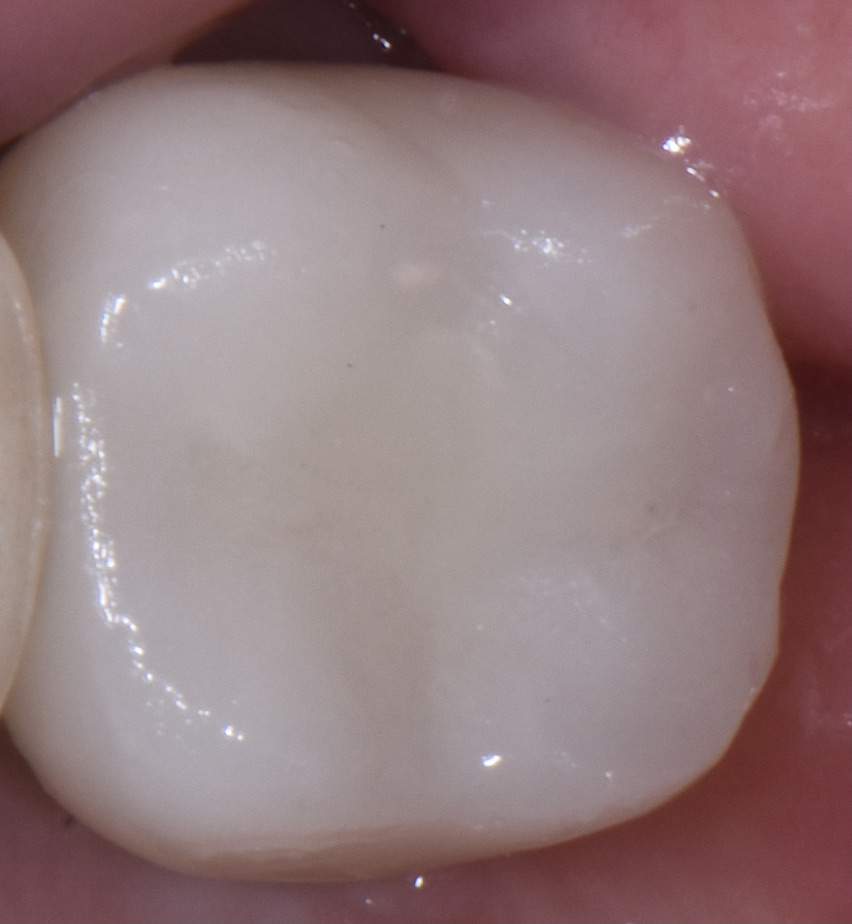
Figure 20. Postoperative view of tooth No. 18 following the technique discussed.
CONCLUSION
Many dentists have witnessed the success of single-shade composites as an alternative to multiple-shade products. The lack of waste, lower costs, and ease of disinfection during the COVID-19 era are well-documented. These products have been successful in matching natural teeth throughout the VITA shade range.
The results shown here and in many other cases verify that omnichromatic composites also excel at covering metal in crowns in ways that make the metal underneath virtually invisible regardless of shade. A great result that also defies dental “inflation” is certainly a benefit for dentists in today’s world.
ABOUT THE AUTHOR
Dr. Auster received his DMD degree from the University of Pennsylvania School of Dental Medicine. He continues serving 10 years in leadership positions at the American Academy of Cosmetic Dentistry and is currently its professional education chair for 2022. He is founder and past president of the Greater New York Academy of Cosmetic Dentistry. He takes great pride in completing 11 years of volunteer dentistry in Jamaica. Dr. Auster is a Fellow of the International College of Dentists and the American College of Dentists.
He is a Dawson Academy Scholar and has received an ADA Certificate of International Voluntary Service. He has published dozens of articles in dental publications. Dr. Auster lectures internationally and is proud to be a speaker for Catapult Education. He continues 30-plus years of practicing cosmetic and reconstructive dentistry in Pomona, NY.
He can be reached at drpauster@gmail.com.
Disclosure: Dr. Auster receives honoraria from Tokuyama Dental and Occlusinator and received past honoraria from BISCO Dental Products and Ultradent Products.


